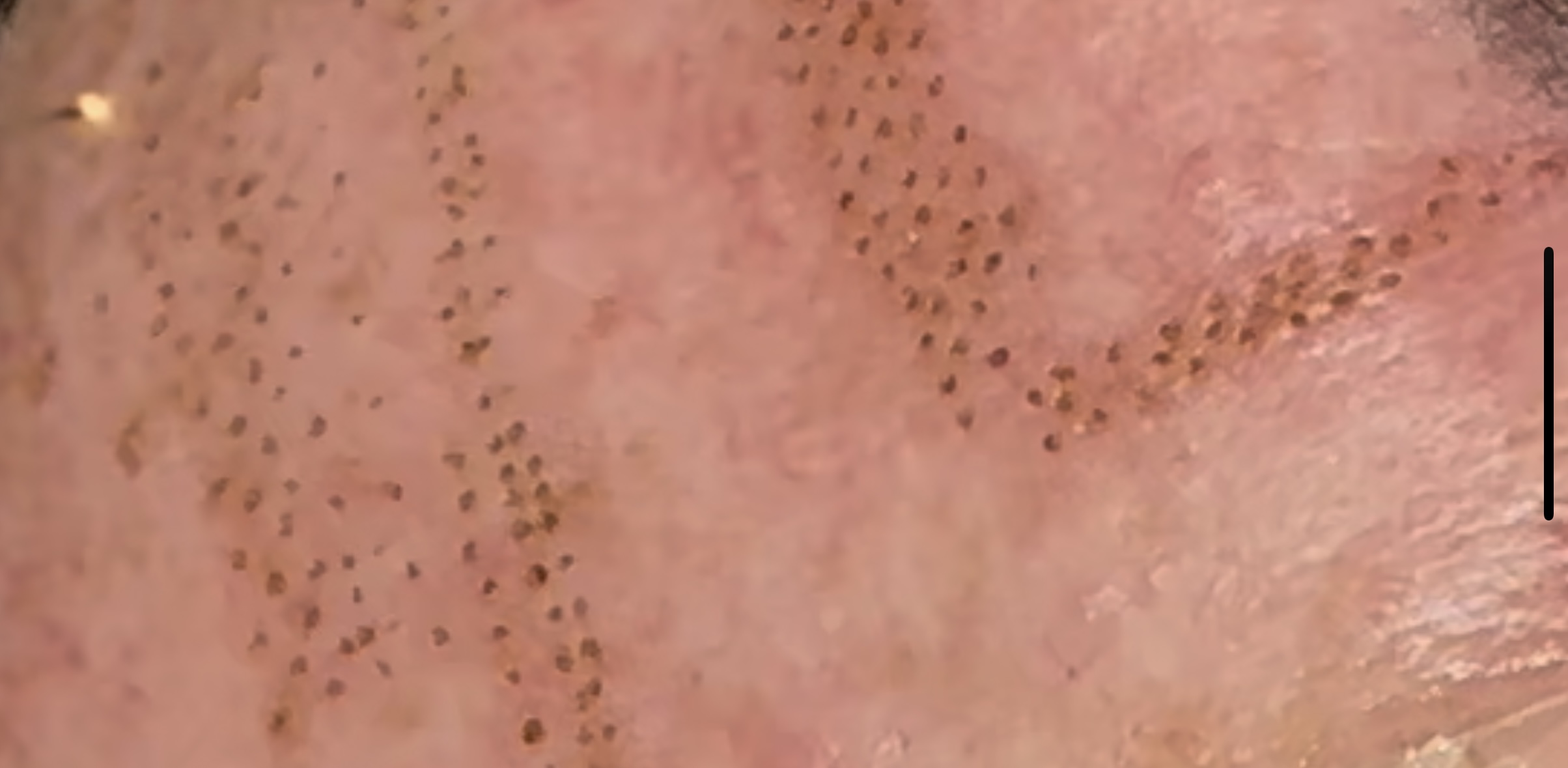Acne/Scarring
What is acne?
Acne is a common skin condition that happens when hair follicles under the skin become clogged. Sebum (oil) that helps keep skin from drying out and dead skin cells plug the pores, which leads to outbreaks of lesions, commonly called pimples or zits. Most often, the outbreaks occur on the face but can also appear on the back, chest, and shoulders.
Acne is an inflammatory disorder of the skin, which has sebaceous (oil) glands that connects to the hair follicle, which contains a fine hair. In healthy skin, the sebaceous glands make sebum that empties onto the skin surface through the pore, which is an opening in the follicle. Keratinocytes, a type of skin cell, line the follicle. Normally as the body sheds skin cells, the keratinocytes rise to the surface of the skin.
When someone has acne, the hair, sebum, and keratinocytes stick together inside the pore. This prevents the keratinocytes from shedding and keeps the sebum from reaching the surface of the skin. The mixture of oil and cells allows bacteria that normally live on the skin to grow in the plugged follicles and cause inflammation—swelling, redness, heat, and pain. When the wall of the plugged follicle breaks down, it spills the bacteria, skin cells, and sebum into nearby skin, creating lesions or pimples.
For most people, acne tends to go away by the time they reach their thirties, but some people in their forties and fifties continue to have this skin problem.
Types of acne
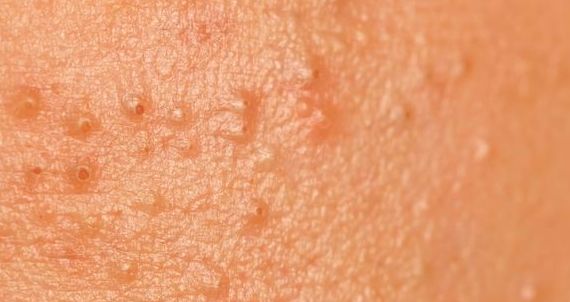
Open or Closed Comedones
- are small, dark-colored spots that may appear as slightly raised bumps.
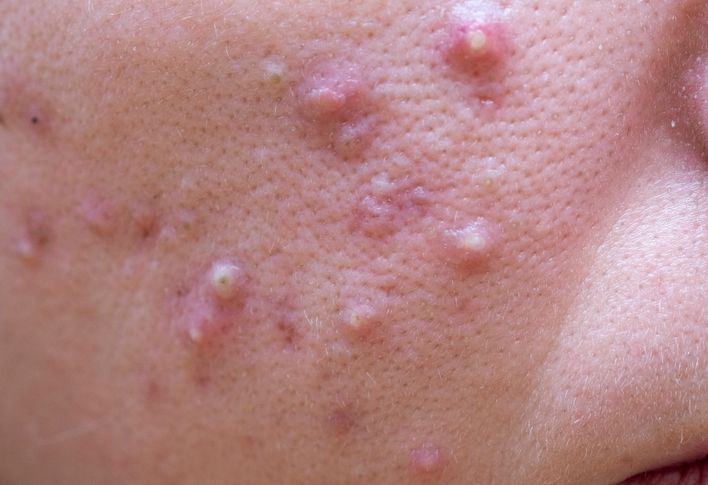
Pustules or Papules
Pustules are larger, tender bumps with a defined circular center filled with whitish or yellowish pus.
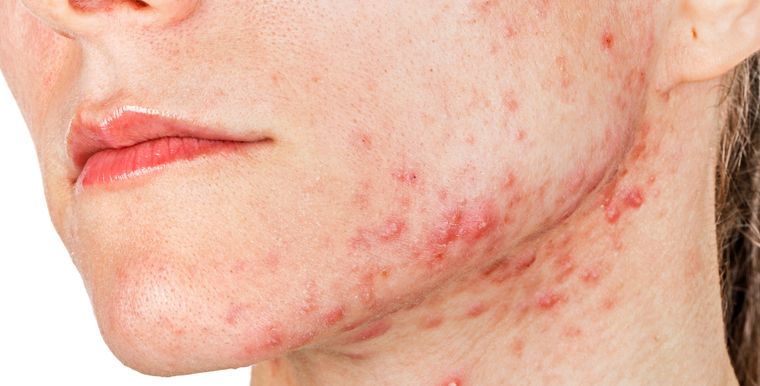
Cystic Nodules Acne
Nodular acne is a severe form of acne that causes pimples on the surface of your skin, and tender,

Fungal Acne
It's common for fungal acne to be confused with regular acne.
What is scarring?
The formation of scars is a normal reaction of the skin in response to inflammation or injury. Further injury such as ‘picking’ at active acne lesions can also increase the likelihood of developing acne scars.
The majority of acne scars result from an overall inflammatory response causing net destruction of collagen fibres in the dermis in an atrophic scar. Underlying fibrosis can also occur. The consequence of a net gain of aberrant production of collagen in turn causes hypertrophic or keloid-type acne scars.
Types of scares
- Hypertrophic and keloid scarring, both of which experience excessive stiff collagen bundled growth overextending the tissue, blocking off regeneration of tissues.
- Atrophic scarring (sunken scarring), which also has an overexpression of collagen blocking regeneration. This scar type is sunken, because the collagen bundles do not overextend the tissue. The majority of acne scars are atrophic. Atrophic scars can be classified by three main types: icepick scars, rolling scars, and box-car scars. Stretch marks (striae) are regarded as scars by some.
- Hybrid scars exhibit multiple physical characteristics, such as pigmentation or erythema, alongside being atrophic or hypertrophic.
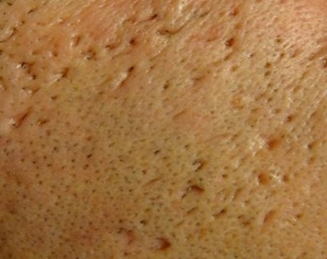
Ice-pick scars
These are narrow, deeper than they are wide, and V-shaped with a sharp edge extending downwards into the deep dermis or subcutaneous tissue.
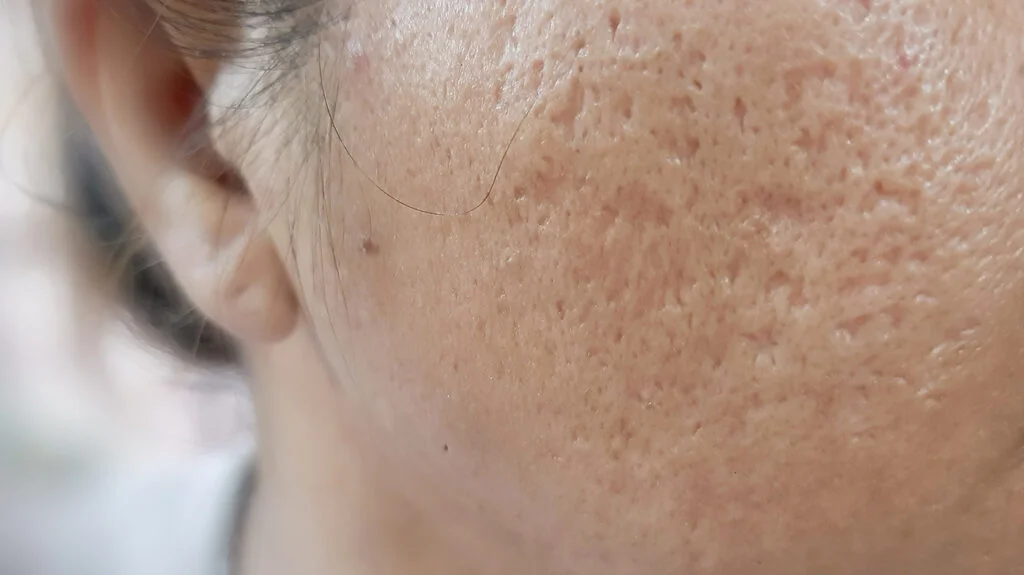
Boxcar scars
Boxcar scars: the next most common type of atrophic scars; wider in size, round or oval shaped depressions with sharply demarcated edges, flat-bottomed.
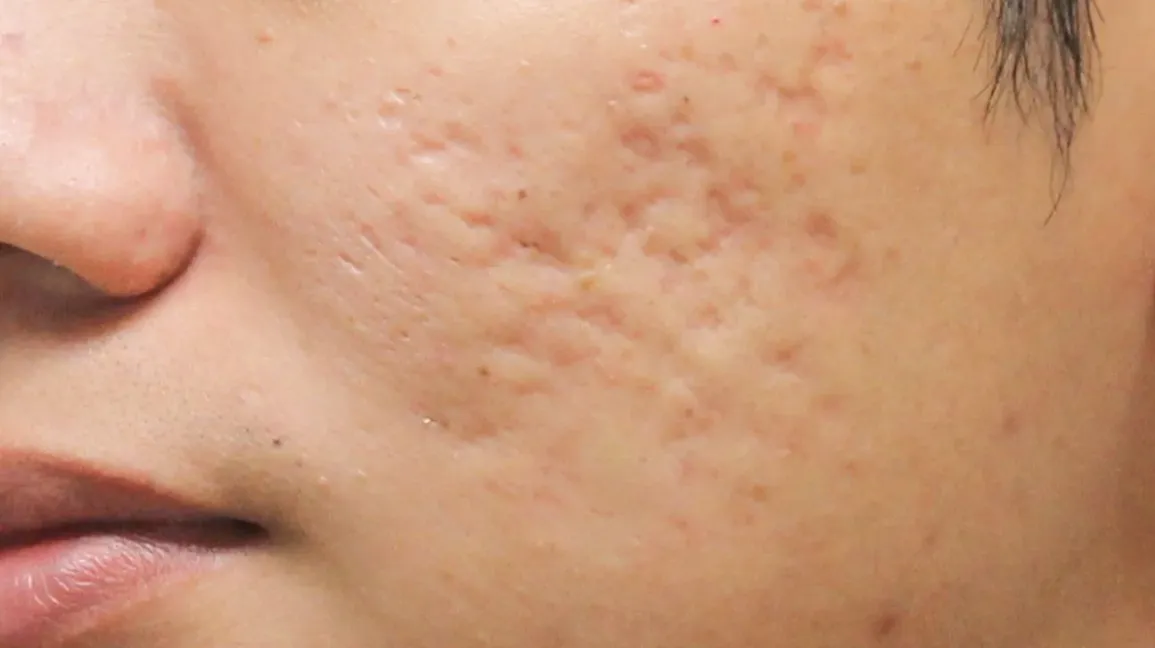
Rolling scars
Rolling scars: wide (usually around 4-5mm), shallow or deep depression, with a sloping edge that can be smoothed out if stretched the skin.
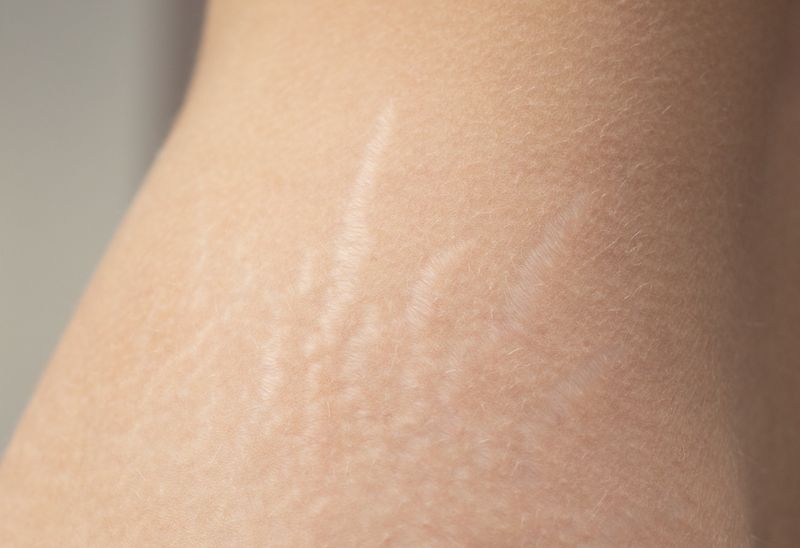
Stretch Marks
Can occur anywhere on the body but are most common on areas that experience the most weight gain or loss such as the stomach, thighs and buttocks.
Recommended treatments for Acne & Scarring
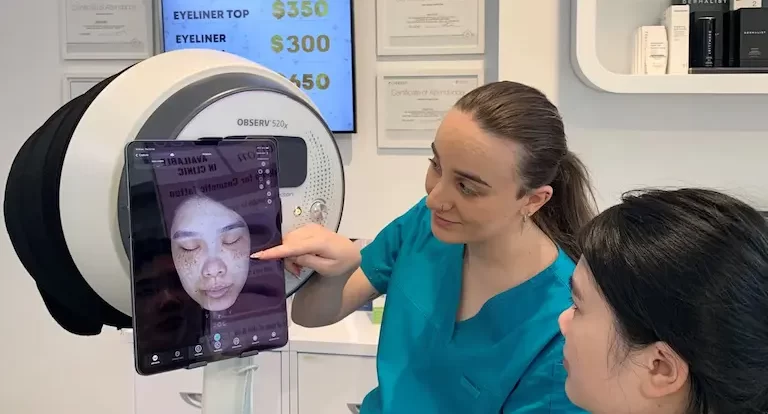
Observ Skin Analysis
Discover what’s actually going on below the surface in real life with an Observ 520x Skin Analysis using advanced camera technology
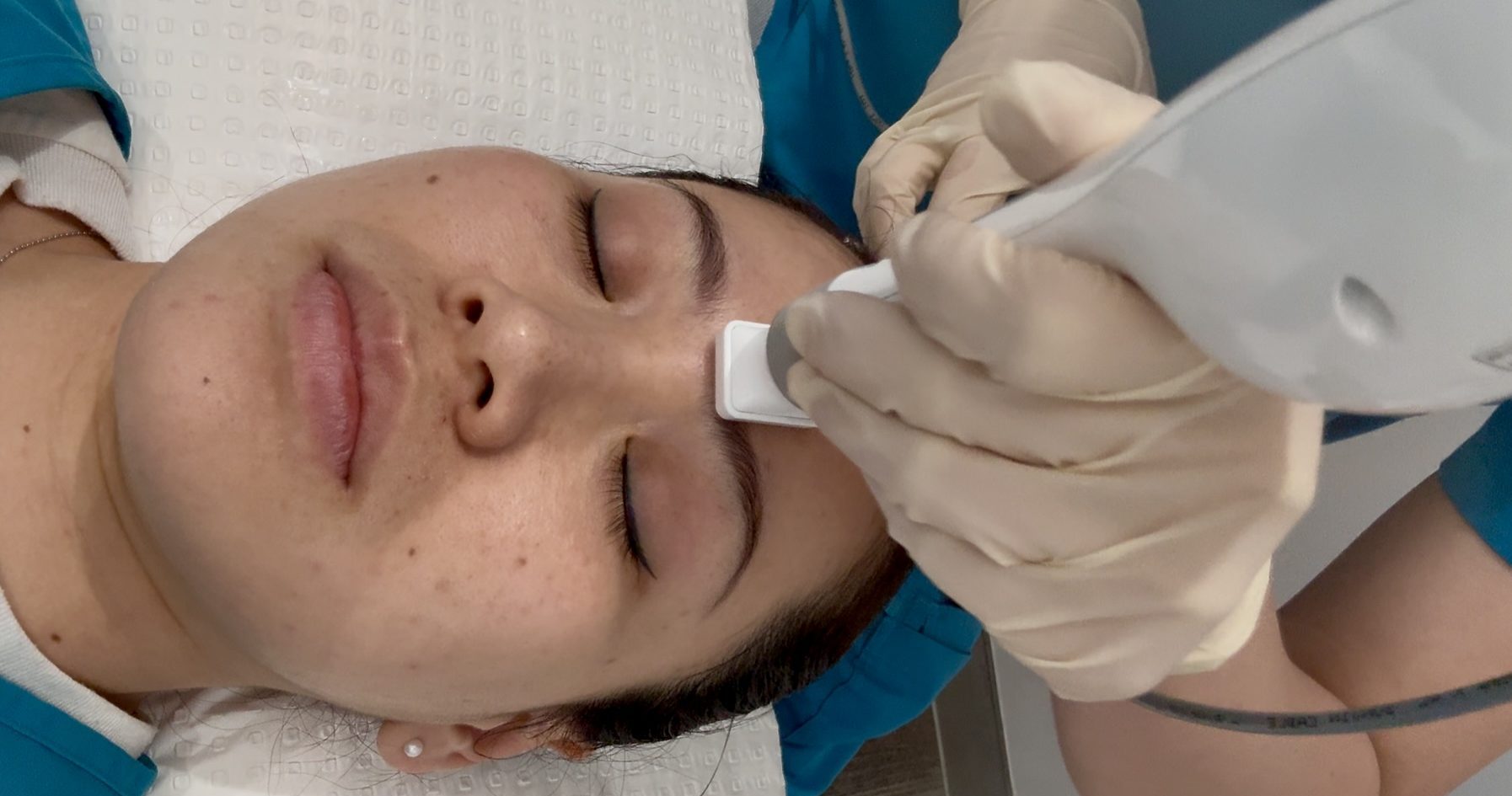
Plasma Jet Acne Purification Facial
The Plasma Jet Technology releases ionized gas to eliminate acne causing bacteria on the skin's surface while reducing inflammation deep within the pores. It also helps to regulate oil production.
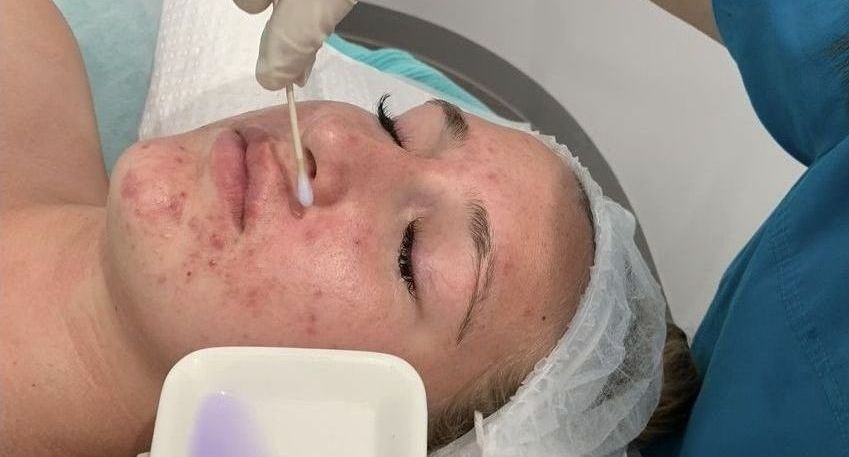
Clinical Peels Acne Skin
Using a chemical solution target inflammation, acne, reduce oil production, killing bacteria, clear your pores.
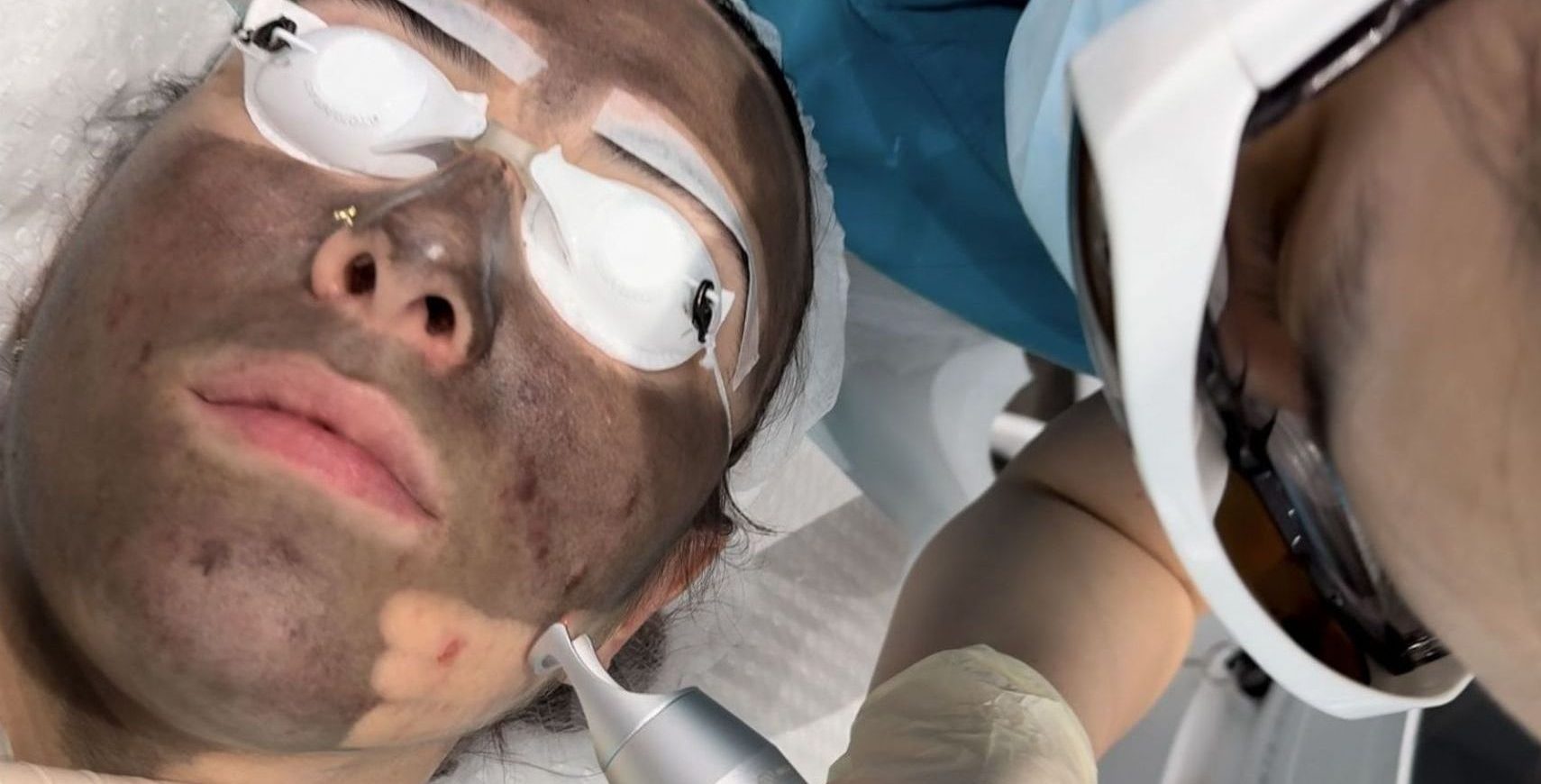
Laser For Acne Skin
Advanced Picosecond Laser with combination of Zoom and Dye handpiece targets inflammation, active acne, PIH and PIE and improves oxygen, nutrient flow to the skin and speed up the healing of active breakouts.
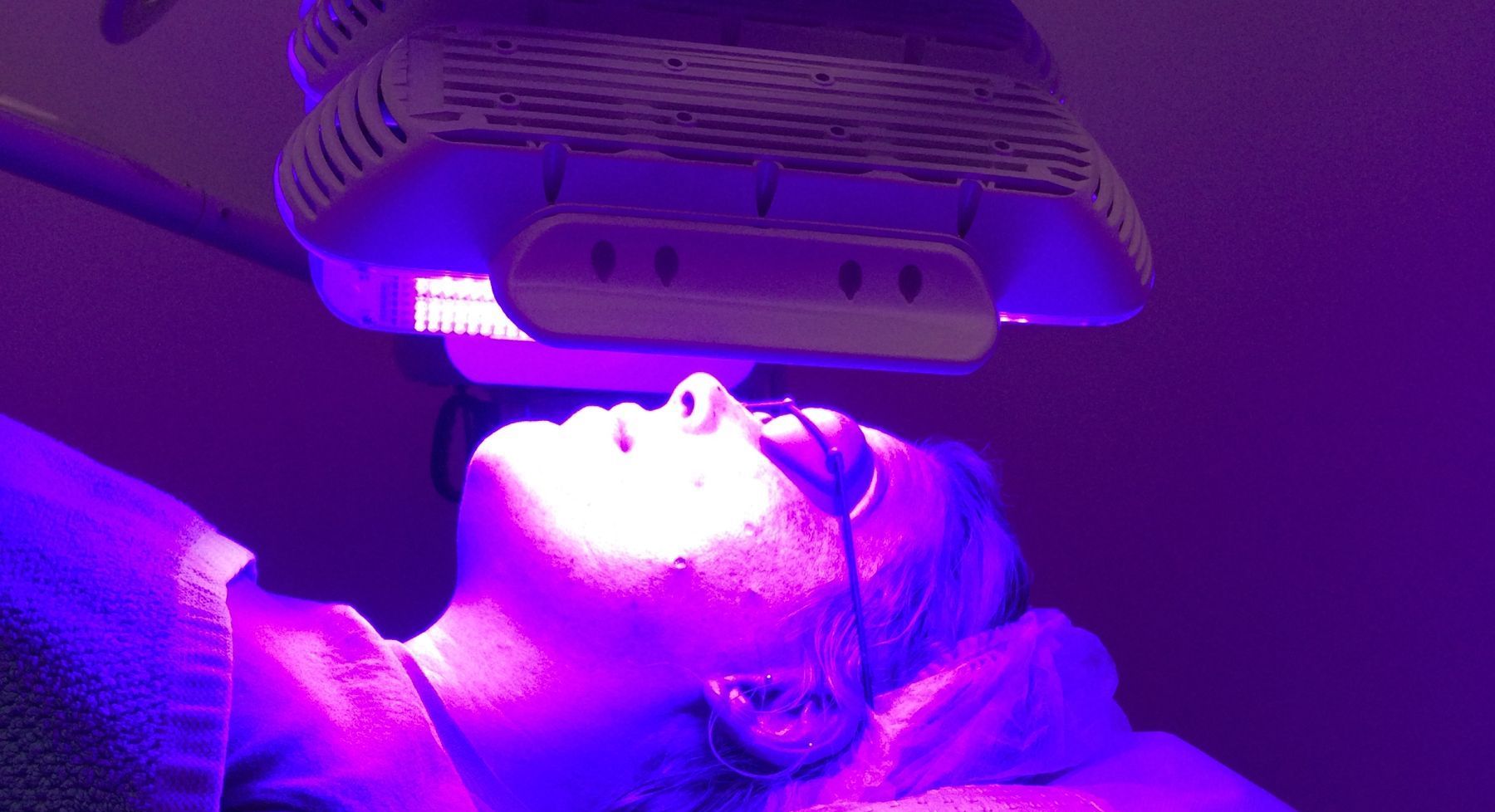
Blue LED Light Therapy for Acne Skin
Blue LED Light Therapy works effectively to target and improve inflammatory acne, by eliminating acne-causing bacteria that lives on the skin.
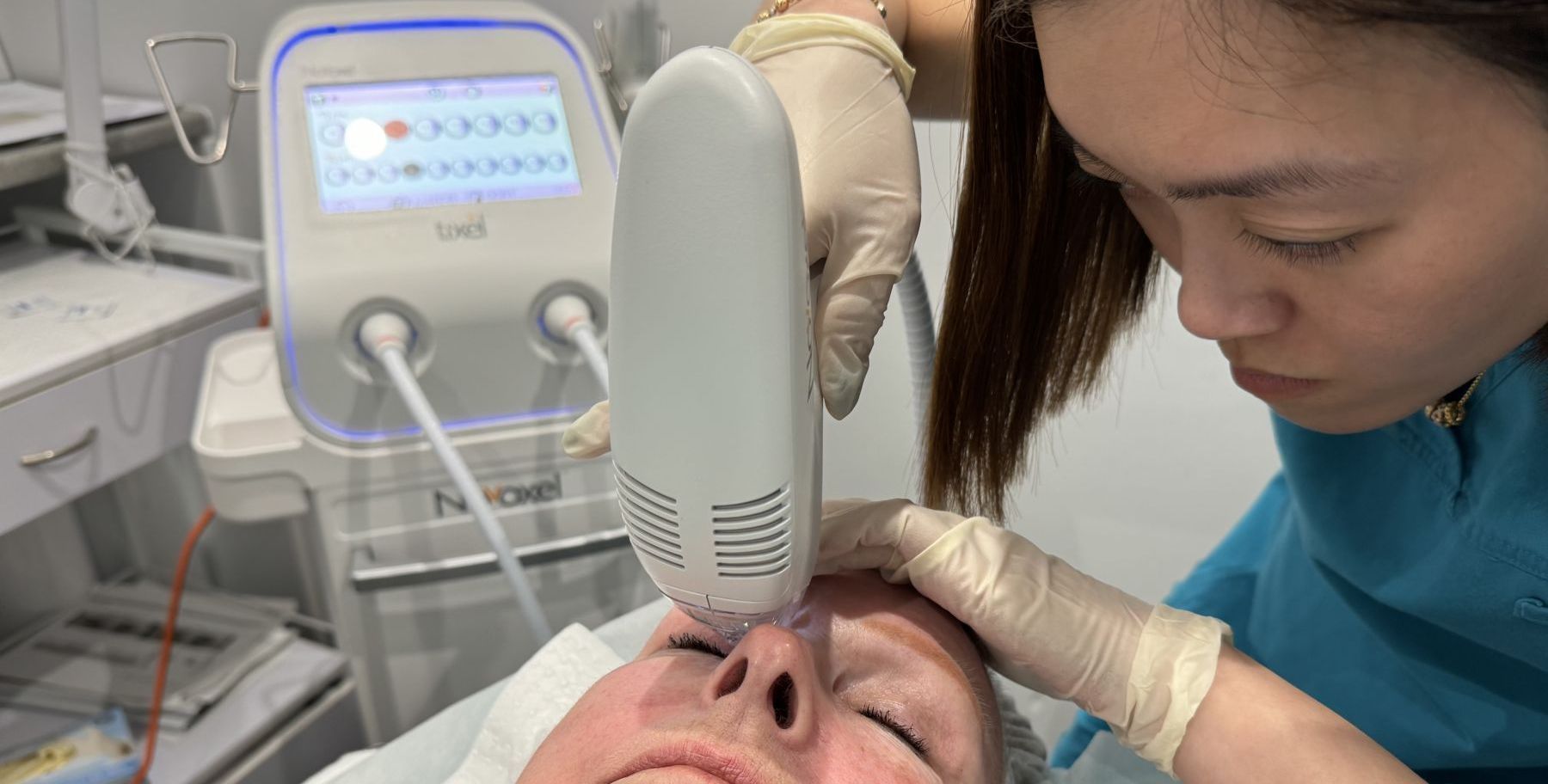
Tixel® for Ance/Scarring
The Tixel is effective for scars, mild to moderate acne skin, open pores. It uses (TMA) to deliver controlled heat to the skin in a way that stimulates collagen production, which is essential for improving skin renewal.
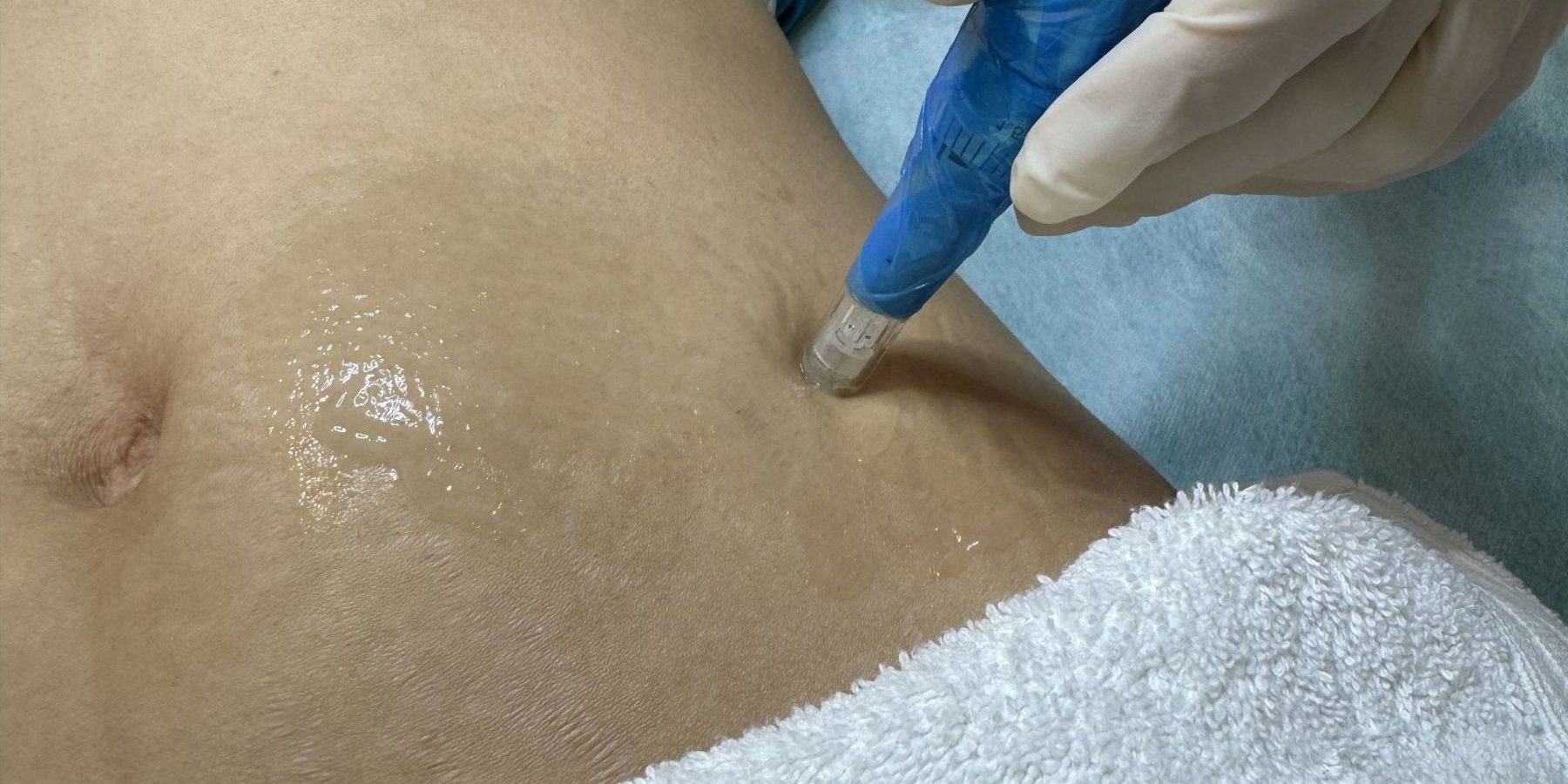
Skin Needling for Scarring & Stretch Marks
It works by stimulating your body to make collagen. Tiny needles into your skin that break up old scar tissue, causes micro-injuries and healing response to rebuild and renewed collagen.
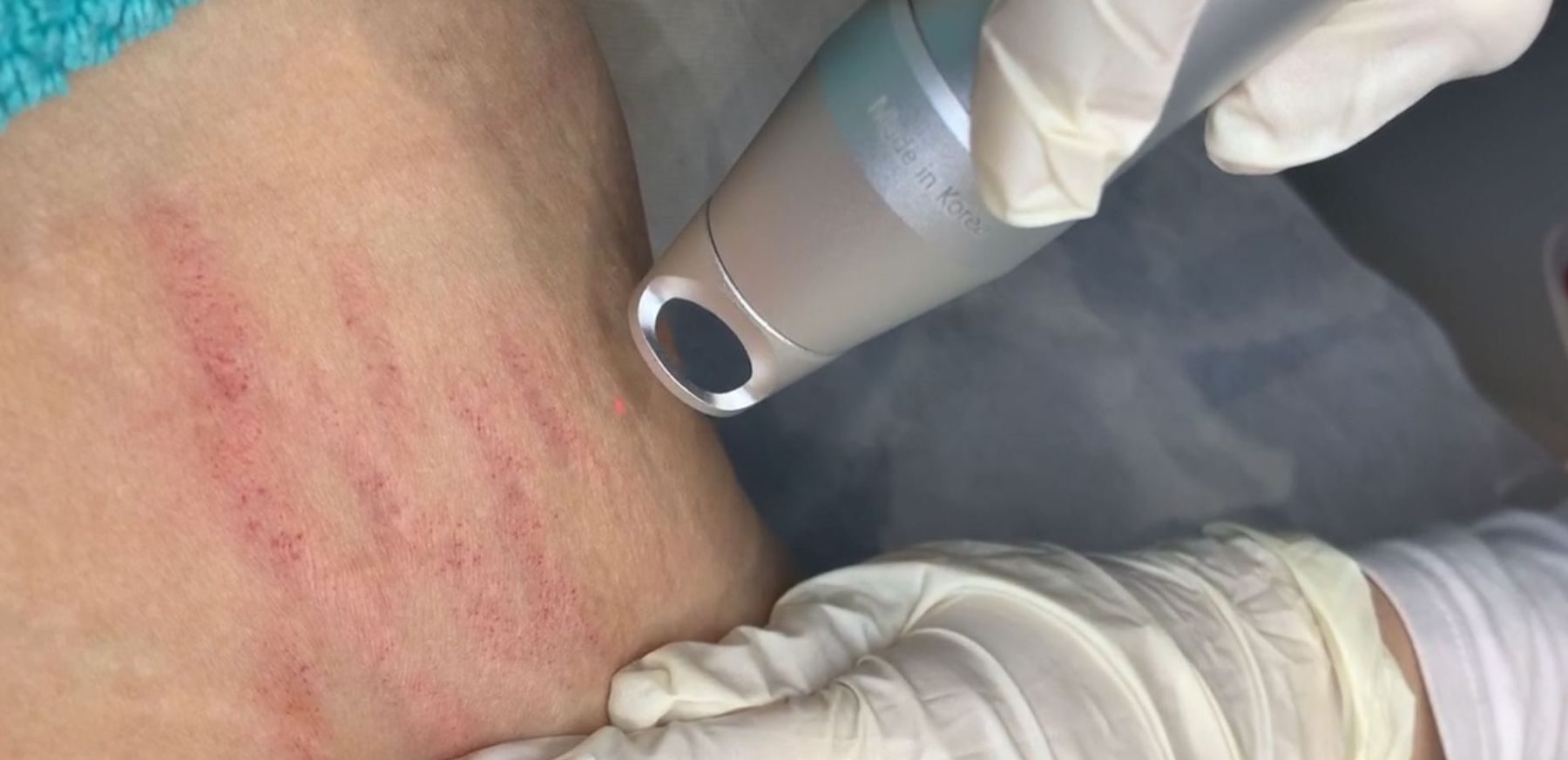
Pico MLA and PRISM for Scarring & Stretch Marks
Picosecond laser, with its powerful HEXA MLA technology, is at the forefront of skin rejuvenation treatments. Combines different handpieces to treat scarring, enlarged pores and improve skin texture.
